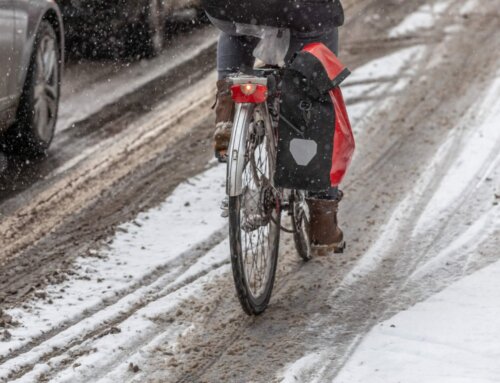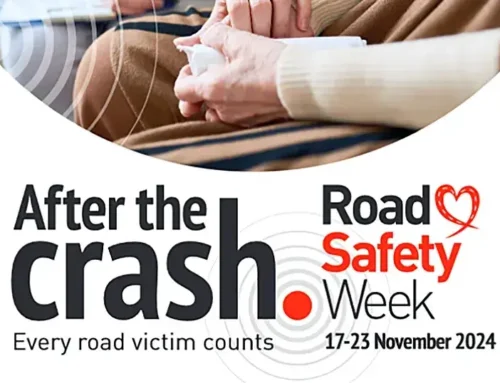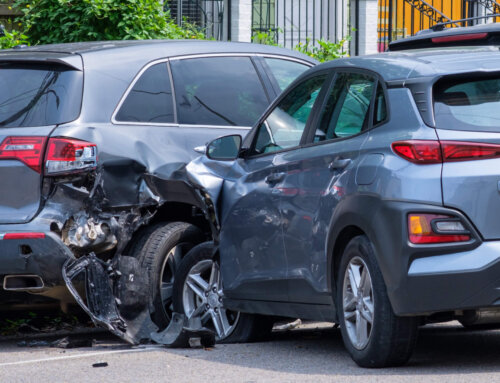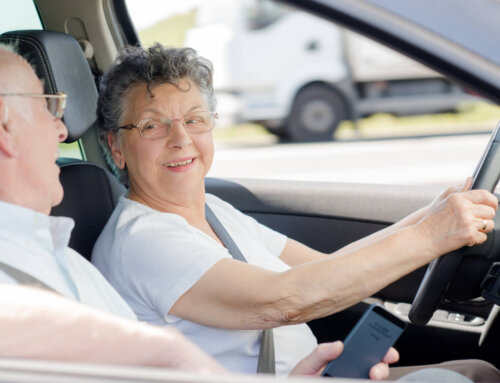Possibly the least surprising news we’ve read in a while came via a recent article in the South Wales Argus, which carried the headline:
“Majority of drivers have not read the Highway Code updates.”
The article reveals the main findings of a survey carried out by the AA, in which the motoring organisation polled just over 13,000 of its members. The most notable results of the poll were as follows:
- 61% of those surveyed had not read the updates to the Highway Code, made in January 2022
- 52% had heard about the rule changes but had not read them
- 8% knew nothing about the changes
As the poll was aimed purely at AA members, not the general public, you’d have perhaps expected a higher level of awareness about the changes to the Highway Code from members of an organisation whose stated aim has always been:
‘To protect you, the motorist, and put your interests first.’
At Mooneerams Solicitors, we wrote extensively about the Highway Code updates, both in the lead-up to the new rules being introduced and most recently in our updated blog on the updates after they came into force. Read the article: New Highway Code Rules: Good News for Cyclists and Pedestrians – But Will Anyone Take Notice?
From reading our previous article, you’ll see that we predicted that if drivers took heed of the amendments to the Highway Code, the rule changes would undoubtedly benefit the more vulnerable road users on our roads. We’d see fewer road traffic accidents and serious injuries as a result.
What is a hierarchy of road users?
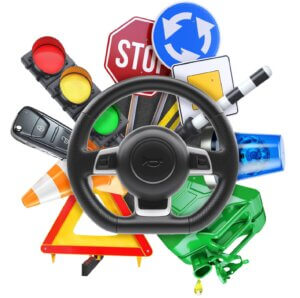
As a driver, the lower down the pyramid your vehicle sits, the greater the responsibility that rests on your shoulders to ensure no harm comes to those road users further up the pyramid. HGV drivers owe the most significant duty to ensure they do not harm pedestrians.
The thought process behind the hierarchy of needs model is obvious; although all road users share the same road, not all users are equal. Therefore, those most likely to be injured in a road traffic accident should have priority.
Why do so few people know anything about the Highway Code updates?
Whilst we can talk all we like about the common sense of introducing the hierarchy into the Highway Code updates, it makes not a jot of difference if no one bothers to learn what the new rules are.
It’s even more of a problem if drivers don’t even know the updates to the rules exist.
Drivers’ ignorance of the updated Highway Code rules is partly the government’s fault for not adequately publicising the updates. The Department of Transport’s failings left a void which was filled by inaccurate and sensationalist reporting from some the tabloid newspapers.
Some articles, for example, suggested that drivers would receive a £1,000 fine if they opened their car door with the wrong hand (often referred to as the Dutch Reach method). This was a mistaken take on the addition to rule 239 of the Highway Code, of the advisory rule that provides:
“Where you are able to do so, you should open the door using your hand on the opposite side to the door you are opening; for example, use your left hand to open a door on your right-hand side. This will make you turn your head to look over your shoulder. You are then more likely to avoid causing injury to cyclists or motorcyclists passing you on the road or to people on the pavement.”
The updated section is advisory, not compulsory, and isn’t law. In other words, you won’t get prosecuted if you don’t use the Dutch Reach method of opening your car door.
When must you comply with a rule of the Highway Code?
However, if you hit someone while opening your car door, such as a cyclist, motorcyclist, or pedestrian, you commit an offence. Note how rule 239 of the Code distinguishes between a rule that carries the weight of law and one that is purely advisory:
Use off-street parking areas or bays marked out with white lines on the road as parking places, wherever possible. If you have to stop on the roadside:
- you MUST switch off the engine, headlights, and fog lights
- you MUST apply the handbrake before leaving the vehicle
- you MUST ensure you do not hit anyone when you open your door. Check for cyclists or other traffic by looking all around and using your mirrors
Notice the use of the word MUST where the rule is compulsory. On the other hand, the use of should signifies that whilst you are advised to act in accordance with a rule, you don’t have to do so, and there will be no adverse consequences in criminal law should you not do.
Is there any way of making more road users comply with the provisions of the Highway Code?
We think the argument that a lack of publicity alone is responsible for people’s ignorance of the rules is flimsy. Here’s our brief take on why the rules of the Highway Code are paid scant attention to by the driving public and what could be done to make them more widely aware of the provisions in the Code:
- The majority of the rules in the Highway Code are merely advisory –there are far more ‘you should‘ rules in the Code than there are ‘you must‘ rules.
- The Highway Code is more of a guide than a set of rules. Most of us were taught that we should obey a rule, and if we broke it, we would get punished. The Highway Code contains rules, but rules that, in most cases, we may follow or not, and if we decide not to follow them, we won’t suffer consequences for not doing so.
- As a result, the Highway Code is often seen as a necessary evil; to be read merely to get through our driving tests, but thereafter disregarded for the rest of our lives. No end of telling drivers that the Code contains important and helpful guidance, which should be looked at now and then, will make the 61% suddenly pick up the Code, let alone read it and act on the advice it provides. In a nutshell, most road users couldn’t care less about what the Highway Code advises them to do or not do.
- The only way that people will take notice of the new rules and many of the others contained in the Code, is if many more of the advisory rules are made into MUST do rules. They need to be enforceable in law and where rules are broken, prosecuted by the police, whether an accident results from the rule-breaking or not.
- The current system of having a set of rules that aren’t rules, in the strictest sense, isn’t working. It took years of consultation before the most recent Highway Code changes came to fruition. In our view, most rule changes are constructive and sensible amendments aimed at making life on the road safer for vulnerable road users and for every other road user, too. What a waste of time and effort it will have been by all concerned in updating the Highway Code if mere lip service is paid to the rules by those who know of them and blissfully ignored by those who don’t even know they exist.
- “How can you be bound by laws that you don’t know about?” we hear you say. Well, we suspect that if the many more rules in the Code became mandatory, there would soon be a lot less ignorance about them than the AA survey found there to be, in its recent survey. The Highway Code would quickly earn more respect than it currently enjoys.
- The hierarchy of needs concept aims to make roads safer, particularly for vulnerable road users, so that there will be fewer reported road deaths in the future than the 1560 recorded in 2021. There would also be a reduction from the estimated 27,300 killed or seriously injured in the same year.
- We believe the concept of a hierarchy of road users is a sensible one.
At Mooneerams we get instructions to take on road traffic accident claims for the injured victims of negligent driving every day.
More often than not, the most serious injury claims we are asked to handle for clients are for the victims of pedestrian, cycling, and motorcycle accidents, where the accident was the fault of the driver of a car or larger motor vehicle.
If there is a collision between a motorist and a vulnerable road user, it’s almost inevitable that the latter will come off worst, whilst more often than not, the driver of the motor vehicle will escape with minimal, if any, injuries. We accept that this is not always the case.
There is a vast imbalance in the comparative size, power, and protection from injury amongst the different road user groups. There have to be enforceable rules to protect the most vulnerable, even if those rules seem to some to favour certain user groups above others.
Mooneerams solicitors have been acting on behalf of people injured in road traffic accidents for twenty years. We specialise in cycling accident claims, pedestrian accident claims and motorcycle accident claims.
We are personal injury solicitors with 20 years of experience, and in 2022, we were named Personal Injury Team of the Year at the Wales Legal Awards.
If you’ve been injured in a road traffic accident that wasn’t your fault, call us now on 029 2048 3615 or fill in an enquiry form here and we’ll get back to you.
We handle most road traffic accident claims for our clients on a No Win No Fee basis, which means if your claim is unsuccessful, you won’t pay anything.




